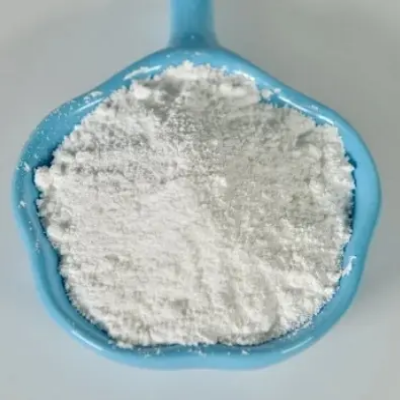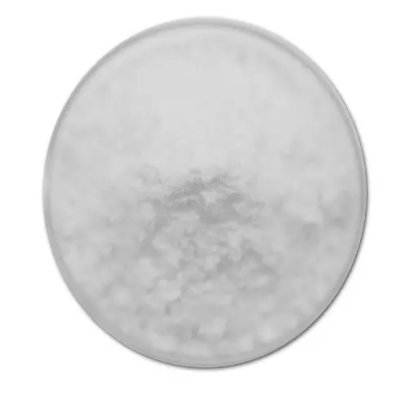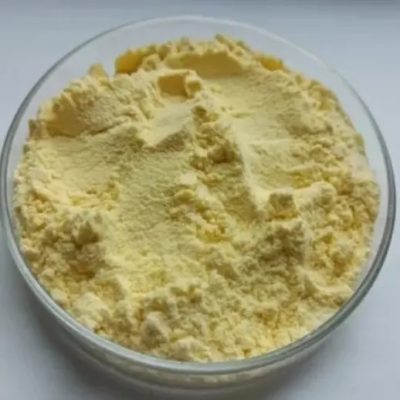Tetrabenzyl Dapagliflozin CAS:2001088-28-2
Synthesized through specialized organic methods, tetrabenzyl dapagliflozin features a complex molecular architecture crucial for its various applications. The presence of four benzyl substituents on the dapagliflozin core influences its chemical reactivity, solubility, and interactions with biological systems. These structural characteristics are fundamental for understanding its pharmacological profile and therapeutic potential. Applications in Pharmaceuticals This compound holds promise in pharmaceutical research owing to its structural composition. Dapagliflozin derivatives, known for their role as sodium-glucose co-transporter 2 (SGLT2) inhibitors, are used in the treatment of type 2 diabetes mellitus. The benzyl substitutions on tetrabenzyl dapagliflozin may modify its pharmacokinetic properties or enhance its selectivity and efficacy as an SGLT2 inhibitor. Biological Activity and Mechanisms Studies suggest that dapagliflozin and its derivatives exert their therapeutic effects by inhibiting SGLT2 in the renal proximal tubules, thereby reducing renal glucose reabsorption and increasing urinary glucose excretion. The benzyl groups on tetrabenzyl dapagliflozin may influence its potency, metabolic stability, or interactions with off-target receptors, impacting its overall pharmacological profile. Synthetic Routes and Development The synthesis of tetrabenzyl dapagliflozin involves intricate organic processes starting from dapagliflozin and benzyl halides or benzyl alcohols. Optimizing synthetic routes is crucial to achieving high purity and yields, essential for pharmaceutical applications. Moreover, refining synthesis pathways enhances scalability, cost-effectiveness, and sustainability in drug manufacturing. Current Research and Future Directions Current research efforts focus on exploring tetrabenzyl dapagliflozin's potential beyond diabetes treatment, including its application in cardiovascular diseases or metabolic disorders. Future studies may investigate modifications to its structure to improve bioavailability, reduce side effects, or target additional therapeutic pathways. Clinical trials and preclinical studies are ongoing to evaluate its safety, efficacy, and long-term effects. Conclusion In conclusion, tetrabenzyl dapagliflozin represents a notable compound in medicinal chemistry and pharmaceutical research due to its distinctive chemical structure and potential therapeutic applications. The incorporation of four benzyl groups into the dapagliflozin framework highlights its versatility and pharmacological promise, particularly in diseases like type 2 diabetes mellitus. Advancing research into its chemical properties, biological interactions, and synthetic methodologies is pivotal for maximizing its therapeutic potential and broadening its applications in clinical medicine.



| Composition | C49H49ClO6 |
| Assay | 99% |
| Appearance | white powder |
| CAS No. | 2001088-28-2 |
| Packing | Small and bulk |
| Shelf Life | 2 years |
| Storage | Store in cool and dry area |
| Certification | ISO. |









